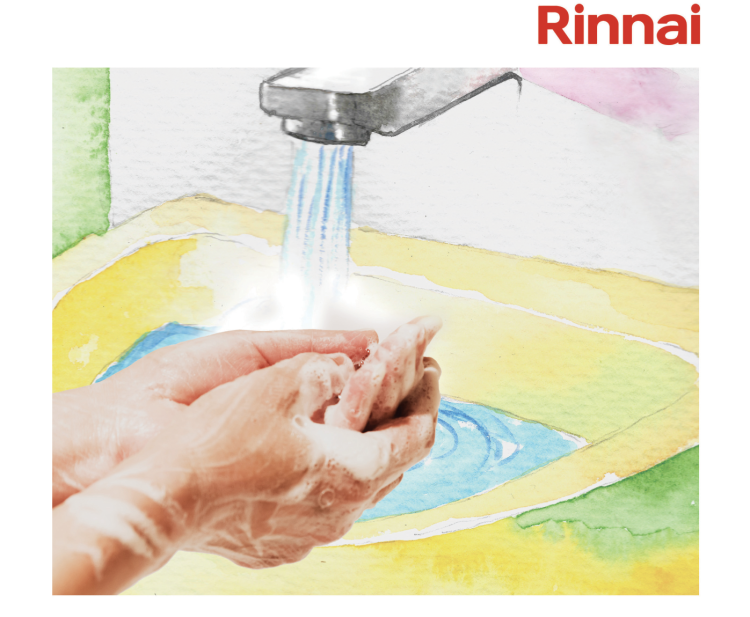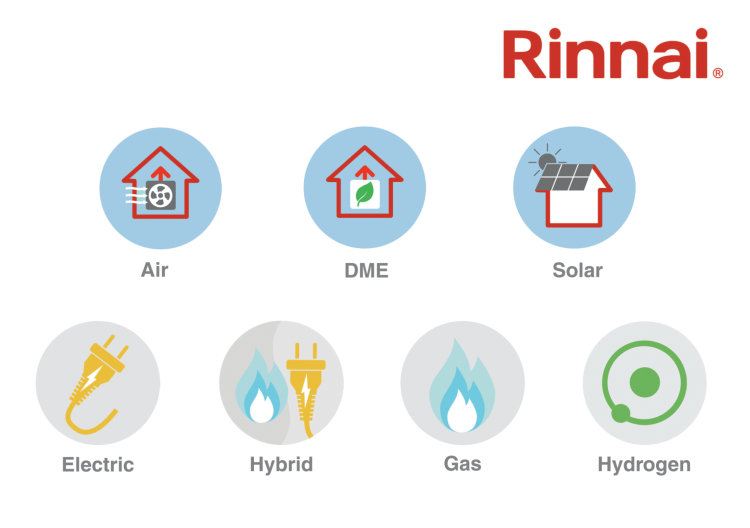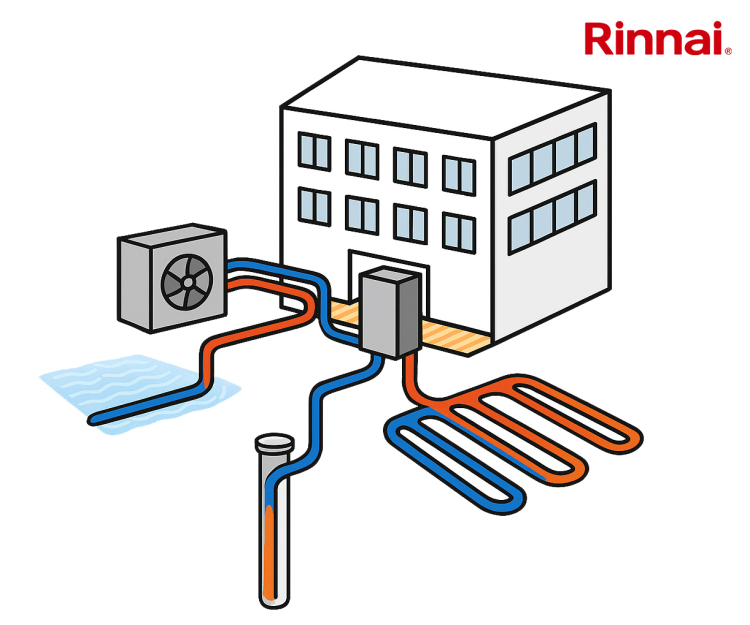08 February 2024
Daniel Foryszewski from MRI Software explores how residential building operators can leverage data and technology to comply with safety standards and adopt new practices.
Daniel Foryszewski is Director of Investor Solutions at MRI Software, representing agency, property management, accounting, and investment management solutions. He has been with MRI for nearly eight years and, in his current role, heads the EMEA Investor Solutions Team, which provides market-leading operational and strategic solutions that include block and estate management, sales and lettings management, Private Rental Sector and Build-to-Rent management, customer engagement, and other areas.

Picture: a photograph of Dan. Image Credit: MRI Software
April 2024 Deadline for New Building Regs
The impending April 2024 deadline for the UK's new building safety regulations puts pressure on all owners and operators of tall residential buildings to comply with the new high-rise framework in just months. Overseen by the Building Safety Regulator (BSR), the stringent new safety standards impact landlords, freeholders and other individuals or organisations operating buildings above seven stories or 18+ meters that house at least two residential tenants.
For stakeholders in the build-to-rent (BTR) market and existing high-rise properties, creating a Building Safety Case Report (BSCR) is crucial. This report leverages the "Digital Golden Thread", a vital data set of all the information on building safety, demonstrating proactive measures against fire and structural risks. According to the government, the Digital Golden Thread "allows you to understand a building and the steps needed to keep both the building and people safe, now and in the future".
The Digital Golden Thread will continually grow and evolve throughout a building's lifecycle, creating an ongoing summary of the major fire and structural risks and how these are being managed. This means that BTR and other high-rise residential building owners and operators must continually capture all relevant information that supports the BSCR – and they need the right technology in place to do it.
Tackling the Obstacles When Completing The Digital Golden Thread
Completing the Digital Golden thread by the 1 April deadline poses several challenges – including the fact that BSR guidelines are still evolving and there is no set BSCR structure in terms of length, content, and complexity. Data availability issues and a lack of technology tools and expertise in many property and facilities management teams also present hurdles, resulting in gaps in the Golden Thread.
Comprehensive data sets, including utility histories and resident profiles, are essential, so in delaying compliance, building operators risk penalties, business disruption, and delays of projects lacking BSR approval. Organisations must not allow the fact that BSR guidelines are still evolving and other challenges hinder them from planning and rolling out the implementation of the Digital Golden Thread.
To overcome the challenges, landlords and managers must assess available data, conduct gap analyses, and identify essential information for thorough property risk assessments. Some organisations lack the necessary knowledge and tech tools for BSR compliance, so bridging the gaps may require the adoption of new processes, skilled personnel, and technology systems.
Harnessing Smart Technology Systems
The Digital Golden Thread and its supporting technologies form the foundation of efforts to meet the new safety regulations for high-rise properties. They ensure accessible, rapid, and accurate property data, creating a clear audit trail throughout a building's lifecycle. Deploying apt technology enables practical risk assessment, monitoring, and management while providing workflows for flagging actions and priorities.
Technologies supporting the Digital Golden Thread are vital for Accountable Persons (APs), the individuals who are legally responsible for building maintenance, to comply with all the new safety standards. Solutions such as central property management software, FM systems, and maintenance portals offer comprehensive property insights. The data generated by varied and advanced PropTech solutions must be unified and merged to allow for accurate referencing and analysis.
In addition, it is crucial that information be easily accessible across diverse systems to serve the varied needs of an organisation's different stakeholders. This interoperability can be achieved by embracing open and connected technologies and utilising automated data capture whenever feasible.
Apart from compliance, integrated data from these systems can offer business intelligence that is valuable to different teams and departments across an organisation. What's more, for property and facilities managers, deploying the right technology enables rapid tracking of all actions – fostering a smart approach to PM and FM.
"Owners and operators of high-rise residential buildings will find themselves adopting a new way of working that puts detailed information about the property, its residents, and contractors at the fingertips of the PM and FM teams. It will make the entire process of managing and maintaining a building more transparent, efficient, and digitally driven."
Leveraging the Digital Golden Thread
The new regulatory procedures and standards impact anyone in charge of repairing and maintaining high-rise residential buildings. Beyond compliance, the new regulations reshape property management practices. In short, building out and utilising the Digital Golden Thread may be challenging, but once in place, it yields easily accessible information for managers, streamlines processes, and enables predictive maintenance.
Owners and operators of high-rise residential buildings will find themselves adopting a new way of working that puts detailed information about the property, its residents, and contractors at the fingertips of the PM and FM teams. It will make the entire process of managing and maintaining a building more transparent, efficient, and digitally driven.
This approach empowers landlords and building managers to initiate BSCRs, paving the way for property enhancements and efficient maintenance. The goal isn't just safety; it's about creating improved living environments. This shift benefits safety and enhances overall living experiences, transforming high-rise property management practices.
Picture: a photograph of a lever arch file with paperwork in. Image Credit: Pexels
Article written by Daniel Foryszewski | Published 08 February 2024
Share
Related Articles
Building Safety Act – Implications for FMs as Construction Clients
The 6 April 2024 deadline is approaching, marking the end of the transitional period for building control applications and a new regime which has implications for those...
Read Full Article
Spotlight Interview – Paul Bullard | SFG20
ThisWeekinFM’s first Spotlight Interview for 2024 is with Paul Bullard, SFG20’s Product and Professional Services Director.
A subject matter expert on...
Read Full Article
The Building Safety Act – What FMs Need to Know Ahead of October 1
From 1 October 2023, a number of new regulations will come into force under the Building Safety Act 2022. Alex Minett, Head of Global New Markets at CHAS, highlights some...
Read Full Article
CIBSE Praises Publication of New Regulations for Higher Risk Buildings
The Chartered Institution of Building Services Engineers has welcomed the publication of major changes to building regulations.
These changes will enable further...
Read Full Article
Actuate UK Stresses Importance of Making Building Safety Act a “Practical Piece of Legislation”
Actuate UK, who represents professional bodies such as BESA and CIBSE, says that new requirements through the Building Safety Act will need to be enforced...
Read Full Article
BESA Calls for Compromise in Safety Insurance Row
Contractors and insurers must work together to ensure the rising cost of professional indemnity insurance does not undermine efforts to improve building safety, according...
Read Full Article
Building Safety Changes – What to Look out for in 2022
The construction sector has seen a significant amount of progress in terms of building safety in the last 12 months, including the Fire Safety Act 2021 and The Hackitt...
Read Full Article
Draft Building Safety Bill - The Industry Reacts
With the draft Building Safety Bill published last week, many in the facilities management and built environment sector are welcoming the proposed changes.
The...
Read Full Article
Building In Safety - What's Next In Fire Reform
Building a Safer Future: Proposals for Reform of the Building Safety Regulatory System is the title of a paper and consultation that closed in July that will inform...
Read Full Article
SFG20 Hosts Interview With Dame Judith Hackitt
SFG20, the industry standard for FMs and building maintenance teams, has interviewed Dame Judith Hackitt to discuss the Building Safety Act and building safety...
Read Full Article

.gif)
.gif)



.gif)







.png)

